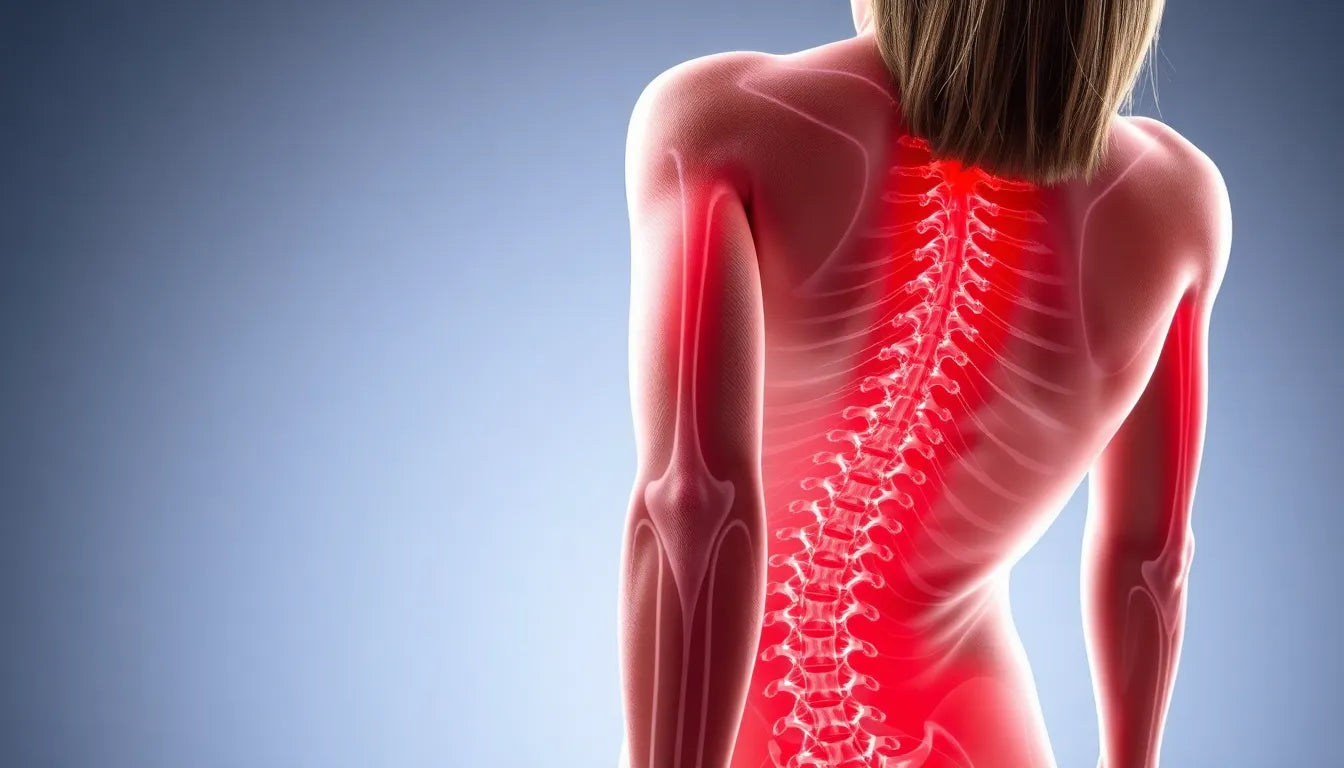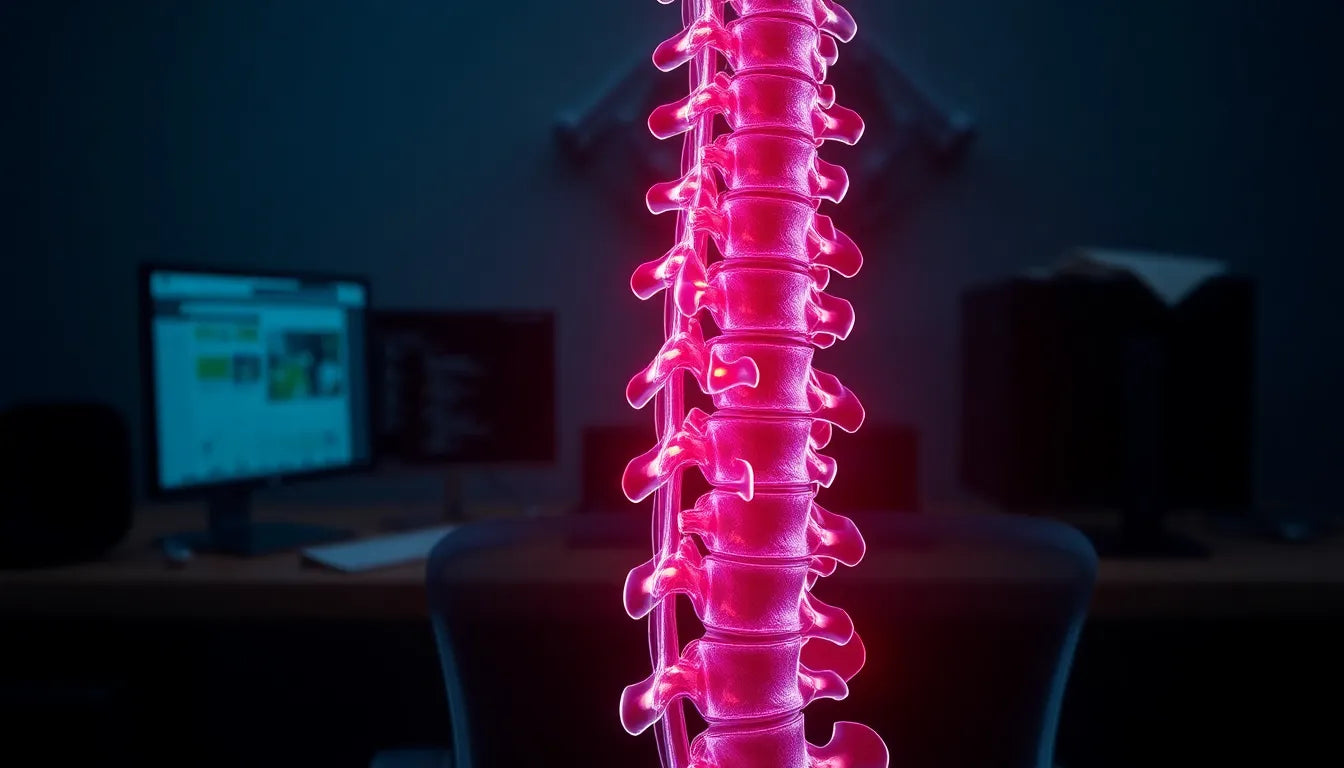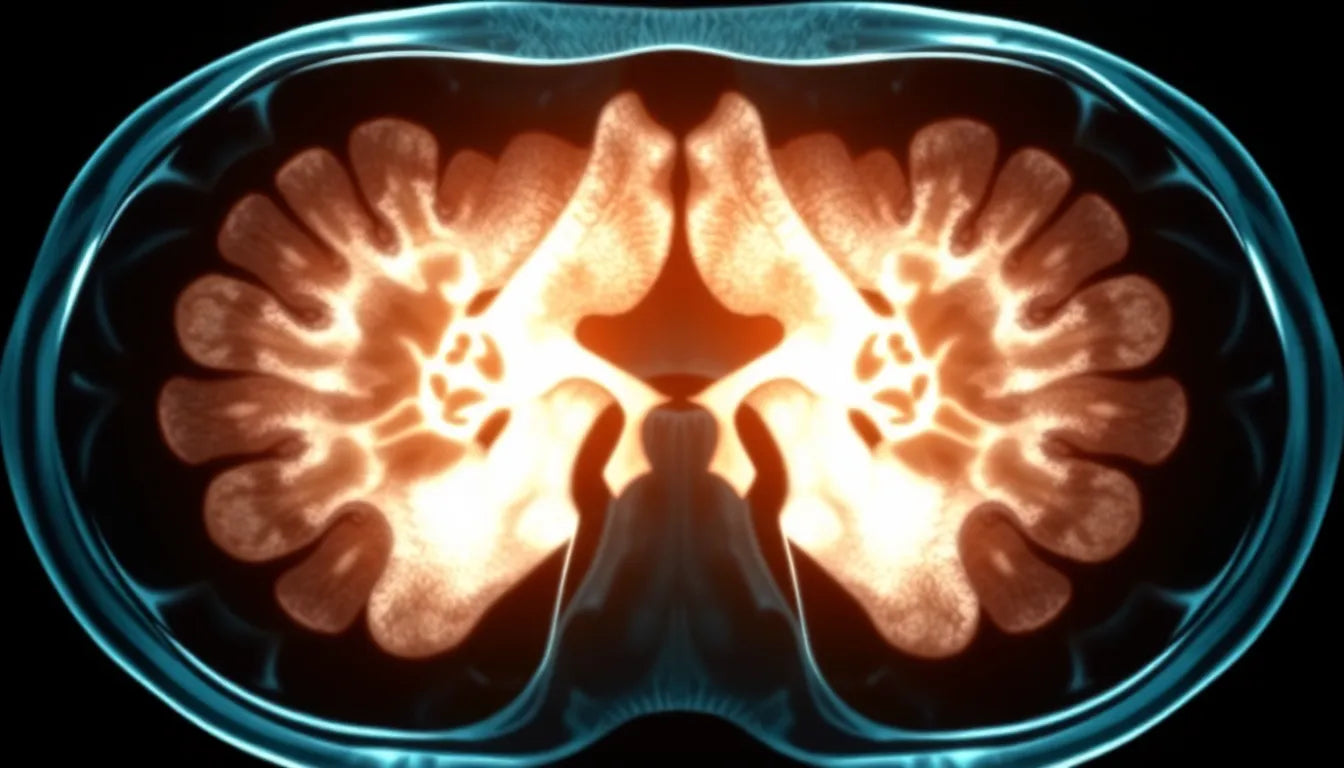Experiencing back pain can be both alarming and disruptive, especially when you're unsure whether it's due to a pulled muscle or a herniated disc. These two conditions, while both affecting the back, have distinct characteristics and require different approaches for effective treatment and recovery. Understanding the nuances between them is crucial, as each can significantly impact your daily life and physical activities.
Understanding back pain: muscle strains vs. herniated discs
Back pain is a common ailment, affecting millions of people worldwide. It can arise from a variety of causes, with muscle strains and herniated discs being among the most prevalent. A muscle strain occurs when the muscle fibers are overstretched or torn, often due to lifting heavy objects, sudden movements, or overexertion. On the other hand, a herniated disc involves the displacement of the disc material in the spine, which can press on nearby nerves, causing pain.
The goal of this post is to help you identify the key differences between these two conditions. By recognizing the distinct symptoms and characteristics, you can better understand what might be causing your discomfort and take appropriate steps to address it.
Why accurate diagnosis matters
Accurate diagnosis is essential for effective treatment. Misidentifying a herniated disc as a simple muscle strain could lead to inappropriate treatment choices, potentially worsening the condition. Conversely, treating a muscle strain as a herniated disc might involve unnecessary interventions. Both conditions can severely limit your mobility and hinder your ability to perform everyday tasks, so it's crucial to understand their differences to seek the right care.
In the following sections, we will delve deeper into the specific pain characteristics, additional symptoms, and other distinguishing factors of muscle strains and herniated discs. This knowledge will empower you to make informed decisions about your health and seek professional medical advice when necessary.
pain characteristics: muscle strains vs. herniated discs
When trying to discern between a pulled muscle and a herniated disc, understanding the nature of the pain can be quite revealing. Muscle strains typically manifest as dull, aching, and localized pain. This discomfort often intensifies with physical activity and can be accompanied by muscle spasms and tightness. Resting the affected area generally provides relief, and the pain is usually confined to the site of the injury.
Conversely, the pain from a herniated disc is often described as sharp and shooting. It can radiate from the back into the arms or legs, depending on the location of the affected disc. This type of pain is frequently accompanied by numbness, tingling, or shock-like sensations. Such symptoms are indicative of nerve involvement, as the displaced disc material can press against nearby nerves, causing these additional sensations.
additional symptoms to consider
Beyond pain, each condition presents with distinct additional symptoms that can help in making a more accurate self-assessment. For muscle strains, you may notice a limited range of motion and a feeling of the muscle being knotted up. These symptoms are generally localized and do not affect other areas of the body.
In the case of a herniated disc, symptoms can extend beyond localized pain. Weakness in the extremities, such as arms, hands, or legs, is a key indicator. The symptoms can worsen with specific movements or positions, such as bending or twisting, which can exacerbate the pressure on the affected nerve.
pain location: identifying the source
The location of the pain can also provide clues about whether you are dealing with a pulled muscle or a herniated disc. Muscle strain pain is typically confined to the injury site, often in the mid-back region. This type of pain does not usually radiate beyond the immediate area.
In contrast, pain from a herniated disc often extends beyond the back, affecting the neck and lower back most commonly. The pain can radiate into the extremities, such as the arms or legs, which is a telltale sign of nerve involvement from a herniated disc.
effects of movement and position
Understanding how movement and position affect your symptoms can further aid in distinguishing between these two conditions. While muscle strain pain may worsen with continued activity, it usually improves with rest. On the other hand, herniated disc symptoms can intensify with certain movements or positions. Bending forward or straightening from a bent position can exacerbate the pain, as these actions increase pressure on the affected disc and nerve.
By examining these factors—pain characteristics, additional symptoms, pain location, and the effects of movement—you can gain a clearer understanding of whether you might be dealing with a pulled muscle or a herniated disc. This awareness is crucial for seeking the appropriate medical advice and treatment to ensure a proper recovery.
Risk factors and prevention: safeguarding your back
Understanding the risk factors associated with herniated discs can help you take proactive measures to protect your spine. Age is a significant factor, as the discs in the spine naturally degenerate over time, increasing the likelihood of herniation. Additionally, excess body weight can place extra stress on the spinal discs, while pregnancy can alter posture and increase spinal pressure. A sedentary lifestyle and certain occupational hazards, such as jobs that require heavy lifting or prolonged sitting, can also contribute to the risk.
To prevent these conditions, adopting ergonomic practices is essential. Ergonomic aids, such as supportive chairs, adjustable desks, and proper lifting techniques, can reduce the strain on your back. Regular exercise, focusing on strengthening the core muscles, can provide additional support to the spine. By incorporating these preventive measures, you can minimize the risk of both muscle strains and herniated discs, aligning with Anodyne's commitment to promoting spinal health.
Visual aids: tools to understand and prevent back pain
Visual aids can be invaluable in understanding and preventing back pain. Comparison charts that highlight the differences in symptoms between muscle strains and herniated discs can provide a quick reference guide. Anatomical diagrams illustrating the affected areas of the spine can help visualize the impact of these conditions. Additionally, posture demonstrations can offer practical guidance on maintaining proper alignment during daily activities, further aiding in prevention.
Conclusion: taking informed steps towards recovery
Distinguishing between a pulled muscle and a herniated disc is crucial for effective treatment and recovery. By understanding the unique characteristics of each condition, including pain type, additional symptoms, and pain location, you can make informed decisions about your health. It is important to seek professional medical advice for an accurate diagnosis and tailored treatment plan, ensuring the best possible outcome for your recovery journey.
Frequently Asked Questions
What are the first signs of a herniated disc?
The initial signs of a herniated disc include sharp, shooting pain that may radiate into the arms or legs, often accompanied by numbness or tingling sensations.
How can I tell if I have a pulled muscle?
Look for dull, aching pain that is localized to the injury site. This pain is often accompanied by muscle spasms and tightness, typically worsening with activity and improving with rest.
When should I see a doctor for back pain?
Consult a doctor if your back pain is severe, persistent, or accompanied by symptoms such as weakness, numbness, or difficulty in movement, as these may indicate a more serious condition.
Can ergonomic aids help with these conditions?
Yes, ergonomic aids can be beneficial in managing symptoms and preventing further injury. They help maintain proper posture and reduce stress on the spine.
How long does it take to recover from a pulled muscle versus a herniated disc?
Recovery from a muscle strain typically takes a few weeks with appropriate rest and care. In contrast, a herniated disc may require a longer recovery period and more intensive treatment, depending on the severity of the condition.
Sources
- Spine-health. "Herniated Disc Symptoms and Diagnosis."
- WebMD. "Understanding Back Pain Symptoms."
- Mayo Clinic. "Herniated Disk: Symptoms and Causes."
- Verywell Health. "Pulled Muscle: Symptoms, Causes, and Treatment."
- Healthline. "Back Pain: Causes, Treatments, and Prevention."
- Cedars-Sinai. "Herniated Disk."


















